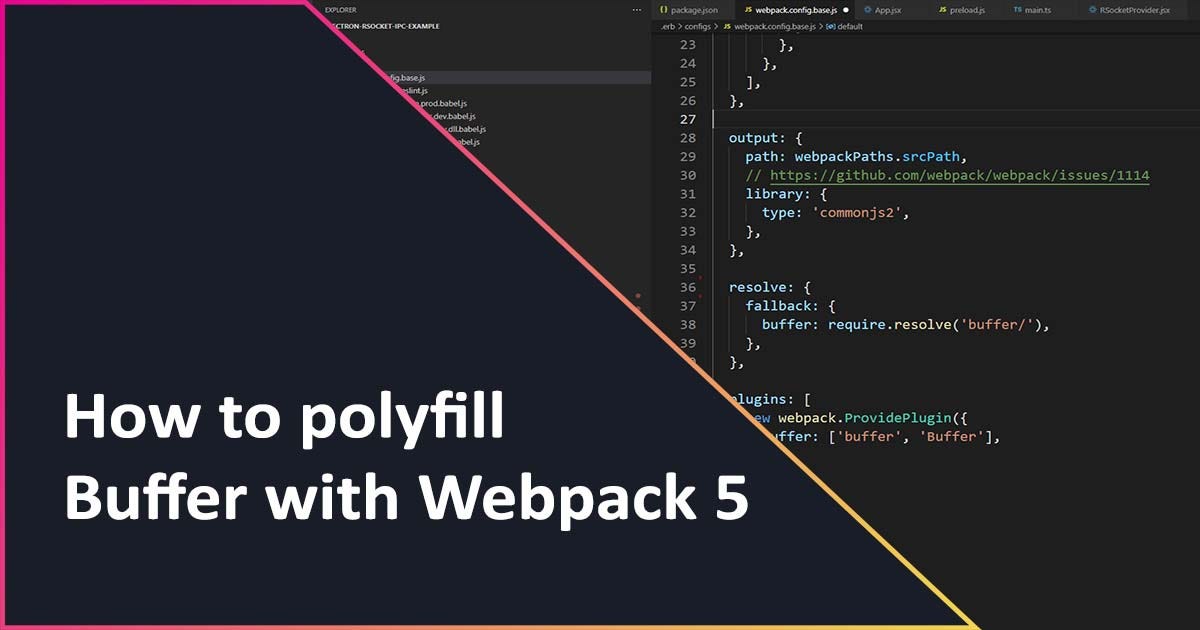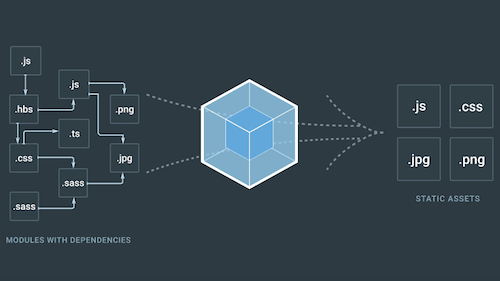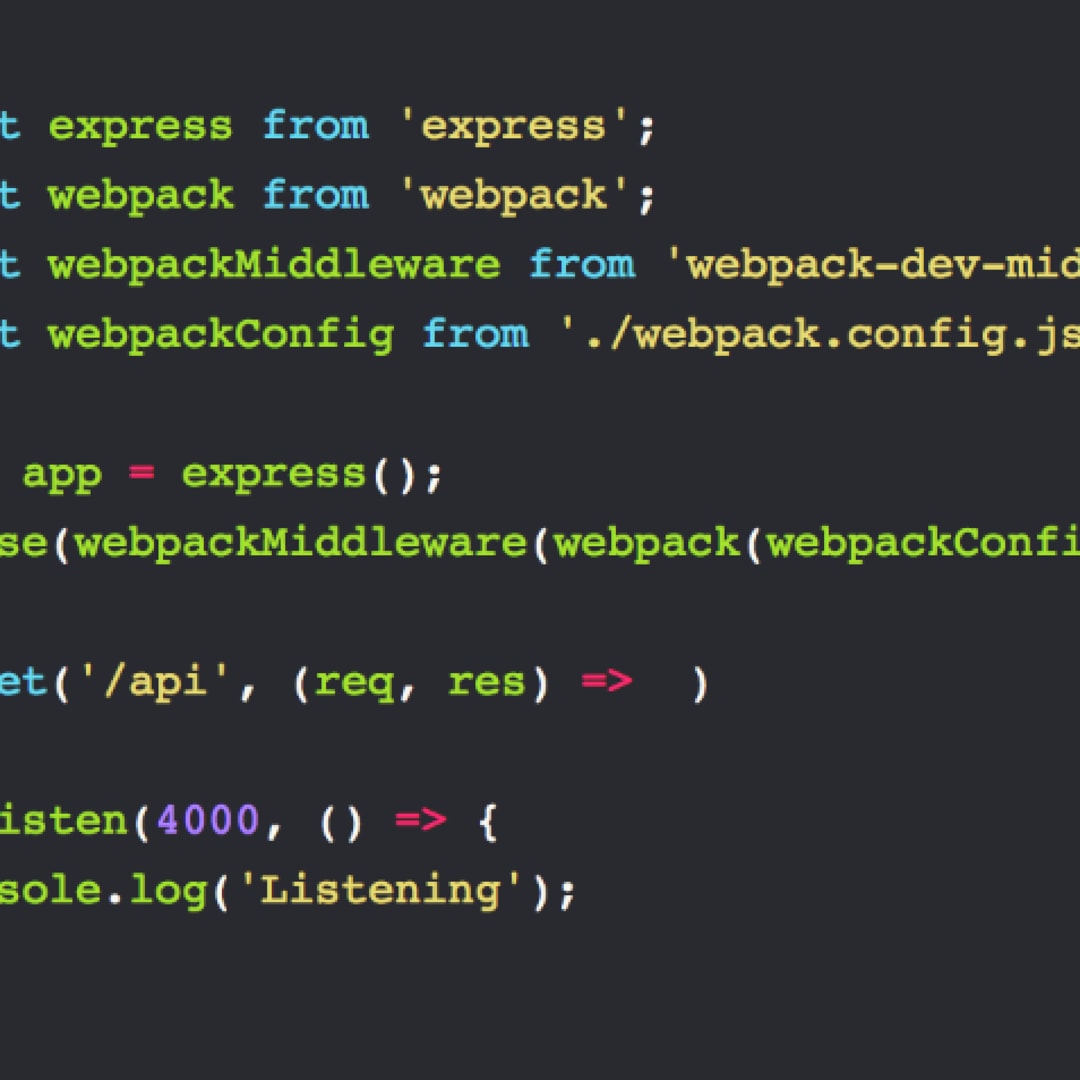

The use of IIFEs led to tools like Make, Gulp, Grunt, Broccoli or Brunch. IIFEs solve scoping issues for large projects when script files are wrapped by an IIFE, you can safely concatenate or safely combine files without worrying about scope collision. IIFEs - Immediately invoked function expressions js file containing all your project code, but this leads to problems in scope, size, readability and maintainability.

First, include a script for each functionality this solution is hard to scale because loading too many scripts can cause a network bottleneck. There are two ways to run JavaScript in a browser. Module not found: Error: Can't resolve 'buffer' in '/Users/geek.To understand why you should use webpack, let's recap how we used JavaScript on the web before bundlers were a thing.

I'm using create-react-app with craco, and I encountered the following errors when upgrading to webpack 5: 'buffer'
#Why use webpack and node js Patch
Now, anytime, someone installs npm deps on this project, will get the patch you created in step 3 applied automatically. This will generate a patch (this should be committed in your repo going forward).Īdd a postinstall script to package.json: "postinstall": "yarn patch-package".
#Why use webpack and node js install
Make sure you install the packages first before modifying the webpack Don't add all of them, add only the ones you need.Zlib: require.resolve('browserify-zlib'),

Timers: require.resolve('timers-browserify'), String_decoder: require.resolve('string_decoder'), Stream: require.resolve('stream-browserify'), Querystring: require.resolve('querystring-es3'), Process: require.resolve('process/browser'), Path: require.resolve('path-browserify'), Os: require.resolve('os-browserify/browser'), Https: require.resolve('https-browserify'), This is taken from Webpack's docs.Ĭonsole: require.resolve('console-browserify'),Ĭonstants: require.resolve('constants-browserify'),Ĭrypto: require.resolve('crypto-browserify'),ĭomain: require.resolve('domain-browser'), Modify node_modules/react-scripts/config/. Install the needed pollyfills.(do an initial build of your application and it will tell you.) Install patch-package: yarn add patch-package "crypto": require.resolve("crypto-browserify")Ībove method doesn't work if you commit since we aren't node_modules Method 2 In fallback add "crypto": require.resolve("crypto-browserify") Open project/node_modules/react-scripts/config/ In config-overrides.js within the override function, add: config.ignoreWarnings = If you want to hide the warnings created by the console: The missing Nodejs polyfills should be included now and your app should be functional with web3. Instead of react-scripts replace it with react-app-rewired Within package.json change the scripts field for start, build and test. "https": require.resolve("https-browserify"),Ĭugins = (ugins || ).concat([ "stream": require.resolve("stream-browserify"), "crypto": require.resolve("crypto-browserify"), Module.exports = function override(config, env) "stream-browserify": "^3.0.0", // stream-browserifyĢ) Creating config-overrides.js in root directory Imageģ) Add configs to config-overrides.js const webpack = require('webpack') "https-browserify": "^1.0.0", // npm i https-browserify You need React => v17 React scripts=> v5 webpack => v5


 0 kommentar(er)
0 kommentar(er)
